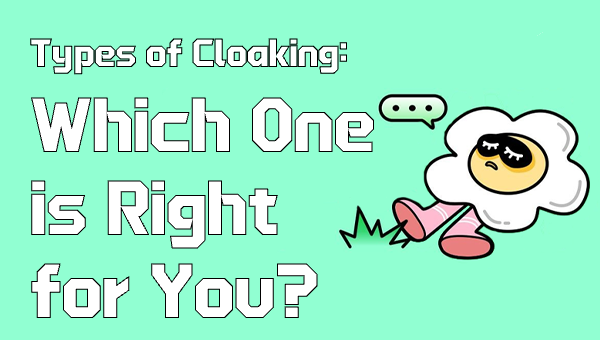Types of Cloaking: Which One is Right for You?
Introduction: Understanding Different Types of Cloaking
Cloaking is a versatile technique used in digital marketing to deliver different content to different users based on criteria like IP, device, or user agent. However, cloaking isn’t one-size-fits-all. Different types exist to serve various needs, platforms, and risk levels.
Common Types of Cloaking
IP Cloaking
Filters users based on their IP address or geographic location. Commonly used to hide content from review teams or bots originating from specific regions.User-Agent Cloaking
Targets visitors based on their browser or device type. For example, showing compliant pages to Googlebot or Facebook crawler.Time-Based Cloaking
Changes content or redirects users based on time windows, hiding offers during peak review periods.HTML Cloaking
Dynamically modifies HTML content depending on visitor characteristics, offering fine-grained control.JavaScript Cloaking
Uses JavaScript to detect users and serve different content accordingly.Affiliate Link Cloaking
Masks affiliate URLs to improve trust and prevent commission theft.
How to Choose the Right Cloaking Type?
For simple geo-based filtering, IP cloaking is effective.
To evade bot crawlers, combine User-Agent and JavaScript cloaking.
For maximum stealth, HTML cloaking offers granular control.
Protect your affiliate links with dedicated affiliate link cloaking tools.
Combine types for layered protection.
Best Practices
Always stay updated with advertising platform policies.
Test thoroughly on multiple devices and networks.
Use high-quality cloaking software like those at adcloaking.com.
Monitor performance and detect suspicious behavior early.
Conclusion & Recommendation
Understanding different types of cloaking lets you tailor your marketing strategy with precision. To explore professional cloaking solutions, visit adcloaking.com
